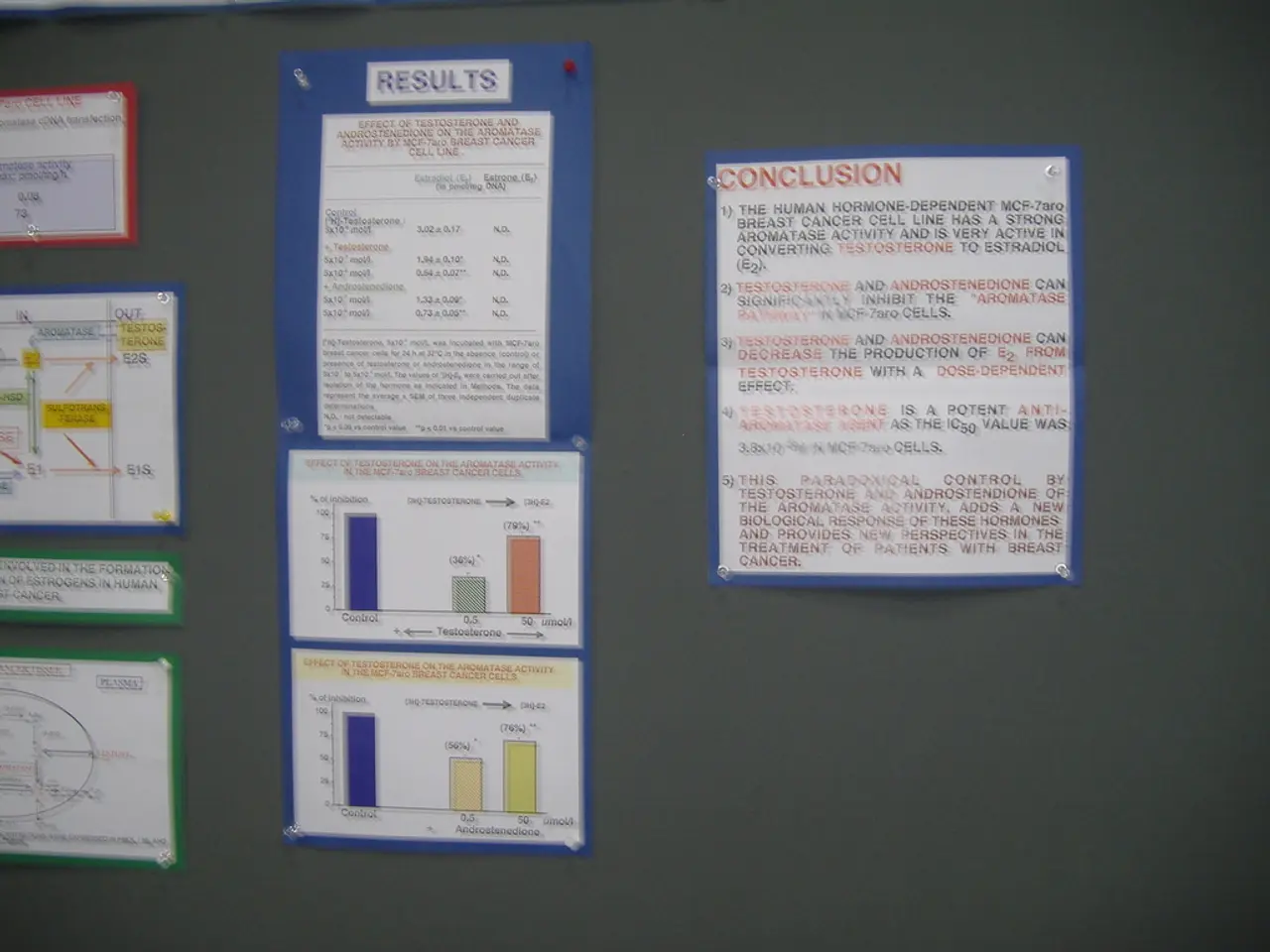Commission has implemented various strategies to combat the pollution generated by mercury.
Breaking News: European Union Stirs over Canned Tuna Contamination Scandal
🗓️ May 6, 2025 🗓️
📸 By Benjamin Collet 📸
Six months following the allegations of mercury-tainted canned tuna, revealed by NGOs Bloom and Foodwatch, the European Union is gathering representatives of member states for a private discussion. Will the rules change to protect the consumers?
nacho23/AdobeStock
It took a bombshell report to finally set things in motion. On May 6, half a year after Bloom and Foodwatch exposed the mercury contamination found in canned tuna, the EU Commission has called on the member states, in secret, for talks. According to a letter sent by the EU Commission to NGO Bloom on April 8, 2025, the discussions focus "on the relevance of the current maximum levels for mercury in fresh tuna and a potential maximum level for mercury in canned tuna"[1]. In essence, the EU is considering updating the mercury limits.
This dangerous neurotoxin, even when consumed in small amounts, poses severe developmental neurological disorders in children and can attack brain, cardiovascular, immune, renal, and reproductive functions in adults[2]. Produced by coal combustion and mining activities, this pollutant mainly exists in the atmosphere in gaseous form but eventually finds its way into the oceans through rain[1]. Today, tuna - along with swordfish and shark – is a formidable ocean predator that feeds on other already-infected fish[2]. Consequently, its mercury contamination level is ten times higher than smaller species.
The 1 mg threshold has stood firm for 30 years
Since 1993, the European Union has allowed up to 1 mg of mercury per kilogram in fresh tuna[2]. This limit is more than three times higher than the limit set for other fresh fish species (0.3 mg/kg, see more on lower-risk species below)[2]. Critics argue that this threshold is unreasonably high, risking the health of Europeans. "A single weekly portion of tuna at this level exposes any person under 70 kg to a real health risk," Bloom warns, advocating for the authorized mercury contamination limits for tuna to be lowered to 0.3 mg/kg[2]. Bloom also highlights the need for transparency, requesting the publication of France's stance on the issue and the minutes of Brussels' meetings.
The contaminated canned tuna scandal - Who's in hot water?
According to a report published by Bloom and Foodwatch in October 2024, 100% of 148 cans of tuna analyzed in five European countries showed mercury contamination[3]. Around 10% of the products exceeded the current limit set for fresh tuna (1 mg/kg). In France, the Petit Navire brand (Thai Union Frozen) was particularly targeted, with record-breaking mercury content of 3.9 mg/kg – 13 times higher than that of other fish species[3]. However, Petit Navire is not alone. Canned tuna labeled as Carrefour and Lidl stores also showed high mercury content.
Post-scandal sales plummet
Since the scandal broke, canned tuna sales dropped by 10 to 20% from November 2024 to February 2025[5]. Despite some recovery since then, there remain uncertainties among the 26 million consumer households[5]. Sales value in March 2025 was still down 3.7% compared to the past 12 months[5].
Key Findings and Responses
- Recent Reports: NGOs Bloom and Foodwatch unearthed elevated mercury levels, causing calls for stricter rules and better labeling[3].
- Species-Specific Risks:
- High-risk species: Bluefin, bigeye, and yellowfin tuna contain concentrations of 0.35–0.689 ppm[1][4].
- Lower-risk options: Skipjack and low-sodium canned tuna contain 0.126–0.144 ppm[1][3].
- Global Discrepancies:
- EU: Allows comparatively higher mercury limits for tuna than other fish[3].
- US: Primarily sets consumption guidelines[4].
- Other countries: Advises caution or even avoidance, particularly for certain demographics[4].
- Industry and Regulatory Actions:
- Recalls: Recent 2025 recalls (e.g., for botulism risks) serve as reminders of broader quality concerns[6]. However, they are unrelated to mercury content[6].
- Proposals: Advocacy groups advocate for tighter controls and transparency, emphasizing the neurotoxic and cardiovascular risks of methylmercury[3][4].
The safety of canned tuna is becoming a mainstream issue, as consumers weigh its nutritional benefits against the potential long-term health impacts of mercury exposure[3][4]. Stay tuned for updates regarding the EU's decision.
❓ Additional Insights- U.S. FDA Recommendations: - Pregnant women should consume ≤12 oz of light canned tuna weekly and ≤4 oz of albacore/yellowfin, with stricter limits for children[4].
[1] Mercury levels in fish species - (source1)[2] Neurotoxin's impact on health - (source2)[3] Blood and Foodwatch's report - (source3)[4] U.S. FDA's guidelines on tuna consumption - (source4)[5] Tuna sales figures for November 2024 to February 2025 - (source5)[6] Recent 2025 recalls (e.g., for botulism risks) - (source6)
- The current maximum levels for mercury in canned tuna are under discussion by the European Union, a potential change that could protect consumers from neurotoxin exposure.
- Mercury, a dangerous neurotoxin, can lead to severe developmental neurological disorders in children and impact brain, cardiovascular, immune, renal, and reproductive functions in adults.
- NGOs such as Bloom and Foodwatch are advocating for lower mercury contamination limits in tuna to ensure the health-and-wellness of Europeans.
- Science and education-and-self-development resources, like environmental-science studies, reveal that mercury enters the oceans through rain, making ocean predators like tuna, swordfish, and shark more prone to high mercury levels.
- ngos, government bodies, and businesses are amidst heated discussions regarding the safety of canned tuna and the necessity for fitness-and-exercise enthusiasts and nutrition-conscious individuals to be aware of label information related to mercury content.
- Lifestyle choices, including food-and-drink preferences, continue to be impacted by scandals unveiling the environmental-science and financial implications of contaminated canned tuna.
- Technology aids in the detection of mercury contamination in canned tuna, offering solutions for neurotoxin reduction in the food-and-drink industry.
- Among the concerns raised by consumers and environmental organizations are questions about the transparency of meetings between Brussels and member states and the publishing of each country's stance on mercury contamination limits.
- The casino-and-gambling industry and sports organizations are only peripherally involved in the discussions surrounding canned tuna, mercury, and labeling regulations, but the scandal's repercussions could extend to various sectors, potentially impacting finance and business ventures as consumers become more cautious in their choices.








